Welcome to Dream Of Japan stories
Where two days are never the same. Each product at Dream of Japan is a tapestry of untold tales and their creations, of who, how, and where, and the threads that weave them together. But that's only the tip of the iceberg. Regardless of your interests, we hope and believe that you will find information that is helpful, sparks curiosity, fosters discussions, and leaves you with plenty of food for thought. We firmly believe that every artisan product has stories that will unfold in the Receiver's hands. These narratives inspire us to create and share meaningful stories daily.
Let's create stories together.



Wa Modan Style: How Japan’s Modern Aesthetic Inspires Buildings, Sweets, and Drinks
Discover how a tropical coconut‑green tea dessert whispers the spirit of ‘wa‑modan’ — where tradition meets trend in every bite. Want to taste the fusion?
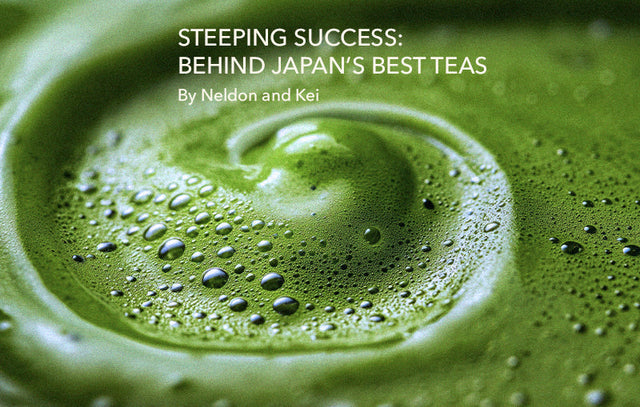
Steeping Success: Behind Japan's Best Teas - By Neldon and Kei (Live Recording)
Curious about Japanese tea? Watch my candid livestream with tea blogger Neldon as we dive into matcha, myths, and winning global tea awards.
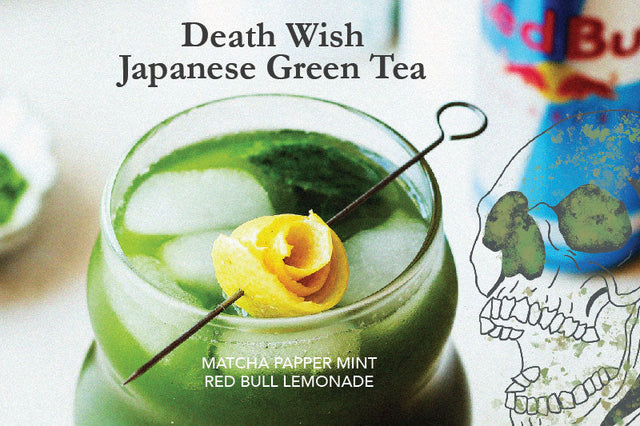
Death Wish Green Tea Recipe - The Pursuit of More Caffeinated Energy
Unlock the secret to a natural energy boost with green tea! Discover how this ancient beverage can power your day without the jitters of traditional energy drinks. Click to learn...

Why Are Mochi Donuts So Popular? (And How to Make Them!) もちドーナツ (Video Recipe)
Craving something unique? Discover the chewy delight of mochi donuts! Learn how these treats blend tradition with modern flavors. Click to uncover the magic!
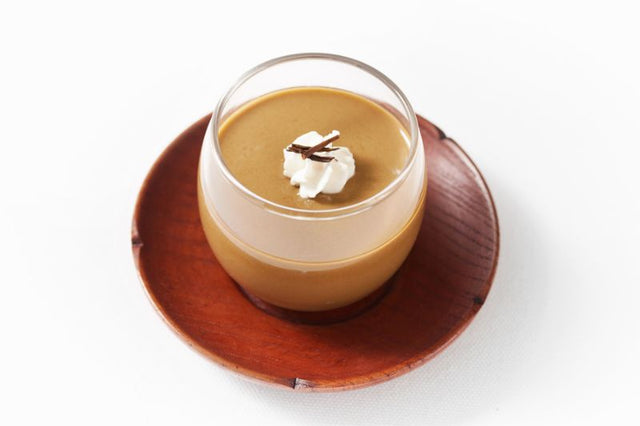
Hojicha Pudding (Video Recipe) and Everything You Need to Know about Pudding プリン and Japan
Dive into the delightful world of Japanese desserts with our Hojicha Pudding video recipe, and explore the rich tapestry of pudding プリン culture across Japan, including their appearance in Conbini, Jihanki,...
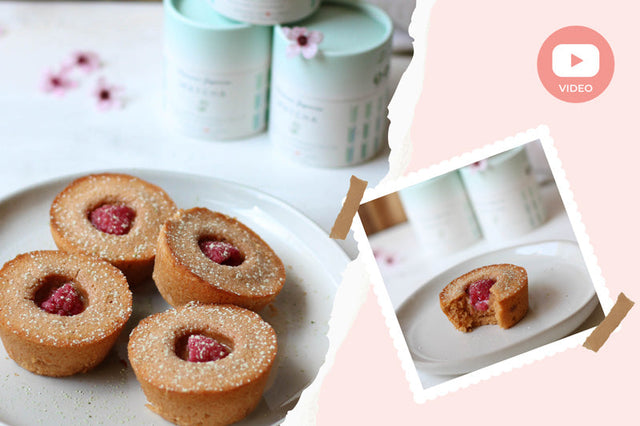
Raspberry Sakura Tea Cakes with Matcha Powdered Sugar (Video Recipe)
Savor the springtime in every bite with our Raspberry Sakura Tea Cakes, kissed by matcha sugar. Light, flavorful, and simply irresistible – your taste buds will thank you!
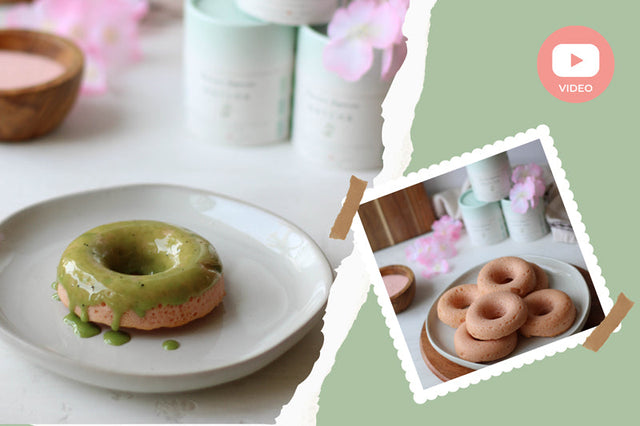
Sakura Cherry Blossom Almond Donuts with Matcha Glaze (Video Recipe)
Spring's delight in a bite! Try our Sakura Cherry Blossom Almond Donuts with Matcha Glaze. Perfect blend of floral notes & matcha magic. Click for recipe!
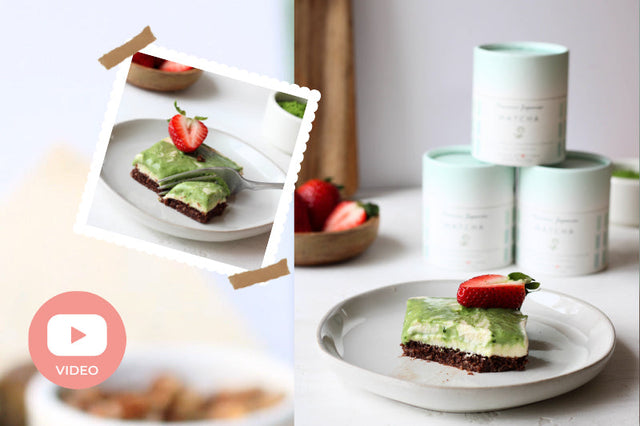
Matcha Chocolate Cheesecake Bars (Video Recipe) - Match(a) Made in Heaven! Show Your Love with Matcha this Valentine
Indulge in Matcha Chocolate Cheesecake Bars! Our video unveils this rich, matcha-infused delight. Click for an irresistible treat!
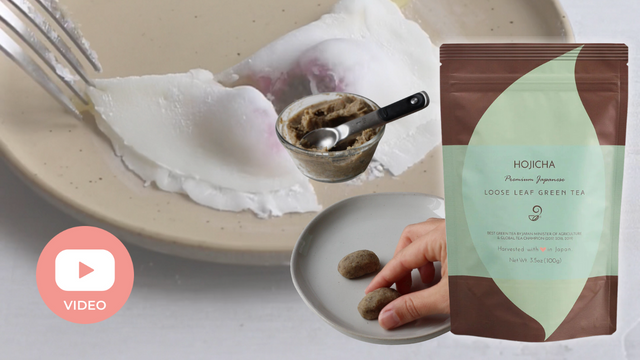
New Year's Wagashi - Hojicha Hanabira Mochi
Ring in the New Year with our Hojicha Hanabira Mochi - a traditional Japanese sweet made with roasted green tea, red bean paste, & a pretty pink blossom design. Indulge...
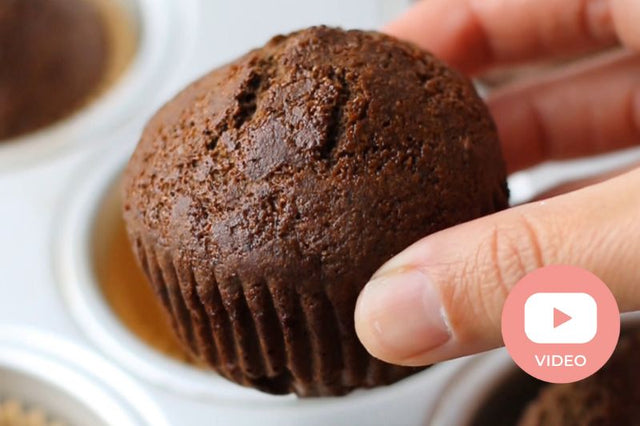
Hojicha Gingerbread Muffins
Indulge your taste buds with our delightful Hojicha Gingerbread Muffins – a perfect blend of wholesome ingredients and tantalizing flavors! Discover the magic of hojicha powder combined with aromatic spices,...
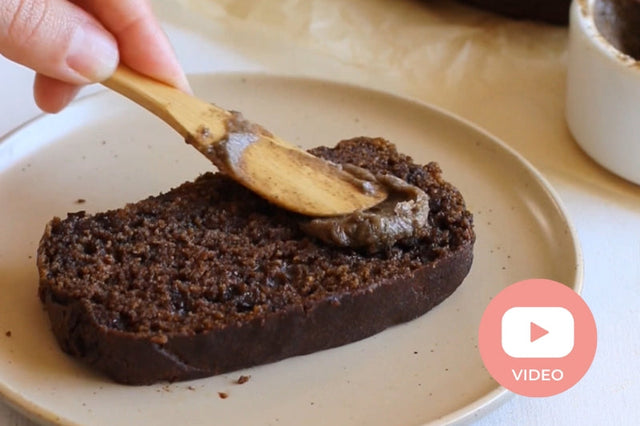
Delicious Chocolate Hojicha Pumpkin Bread Recipe | Easy Fall Baking Ideas
Treat yourself with a slice of Chocolate Hojicha Pumpkin Bread- the perfect fall treat! Get the recipe and more easy baking ideas here!
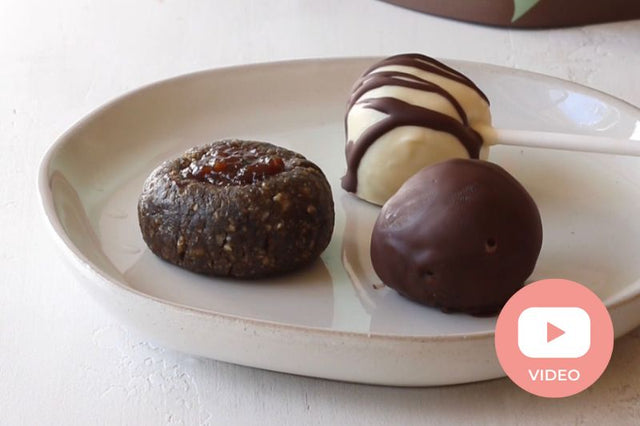
Hojicha Cookie Dough - Three Must-Try Recipes
Discover the unique flavor of Hojicha with these three different cookie dough recipes that are sure to satisfy your sweet tooth cravings.
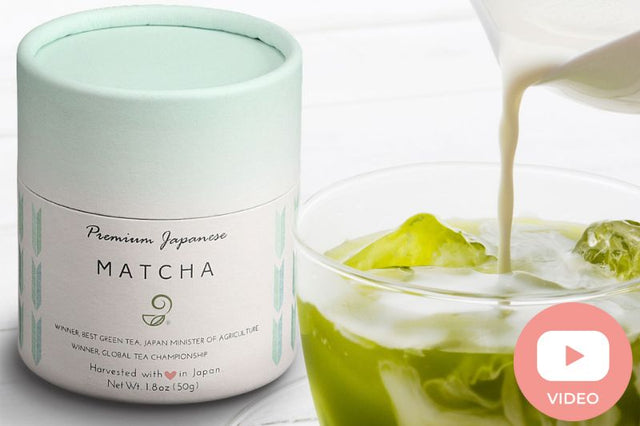
How to Cold Brew Matcha: Your Comprehensive Guide
Looking for a new way to enjoy matcha? Try cold brewing! Our guide walks you through everything from the best matcha to use to the perfect brew time. Transform your...
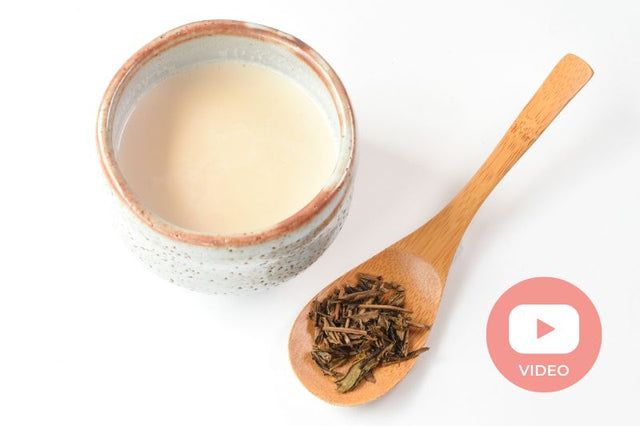
How to Make Hojicha Syrup
Experience the delectable flavor of homemade hojicha syrup! Discover how to prepare this versatile ingredient that may be used to enhance cocktails and sweets.
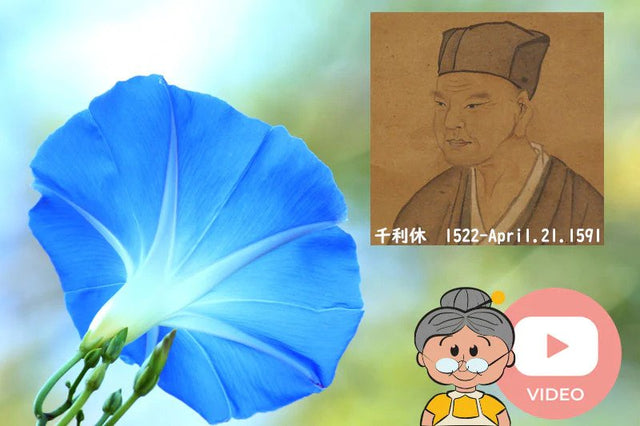
Sen No Rikyu – The Tea Master that Changed Japanese Tea Culture Forever
Learn the remarkable story of Sen no Rikyū, a renowned tea master whose creative techniques and ideas revolutionized the landscape of Japanese tea culture.

Hojicha Craze Goes Global
Experience the international craze that is Hojicha, the roasted green tea that is sweeping the tea world. Understand its distinct taste character and expanding global appeal.

Tea & Oat Milk - A Cup of Good Choices
Experience the ideal combination of tea and oat milk, a delectable and nutritional alternative. Enjoy the creamy texture and one-of-a-kind flavor combination for a cup of bliss in every sip.
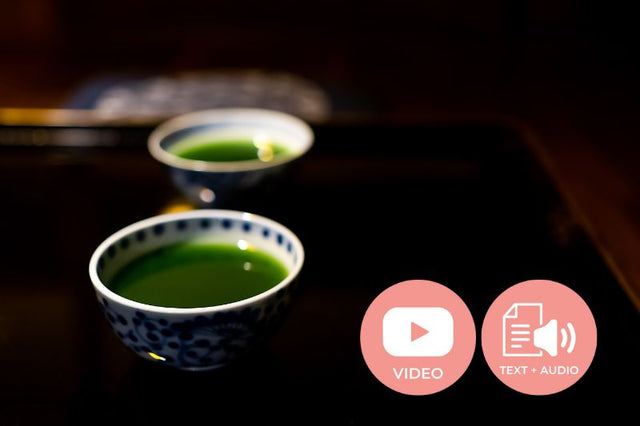
The History of Japanese Green Tea
Discover the rich history of Japanese green tea, tracing back centuries of tradition, cultivation, and the art of tea preparation in Japan.
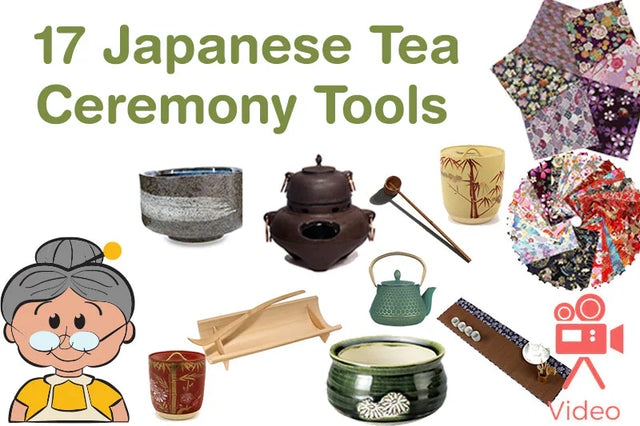
17 Japanese Tea Ceremony Tools
Discover a curated selection of Japanese tea ceremony tools on Amazon. Embrace the artistry of tea gatherings with authentic equipment.
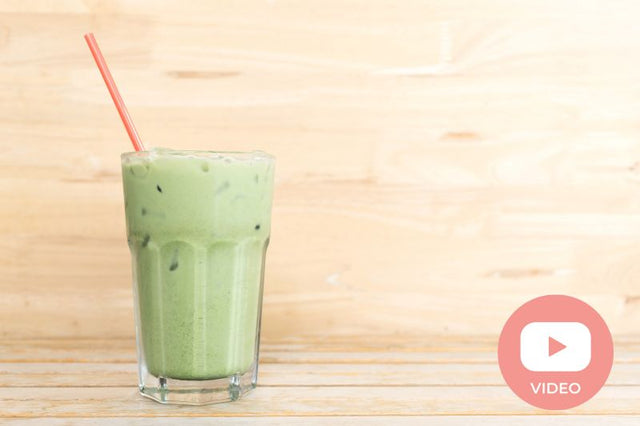
Green Tea and Milk: 10 Ways to Enjoy It
Find ten delectable ways to experience the decadent blend of green tea and milk. From lattes to matcha-infused treats, awaken your taste buds and explore the captivating world of this creamy combination. Elevate your green tea experience now!
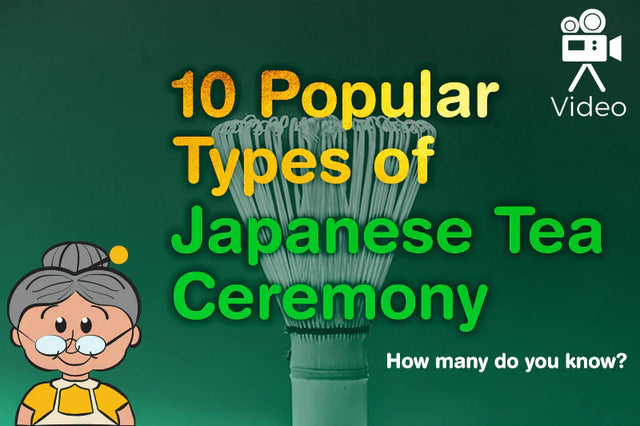
10 Popular Types of Japanese Tea Ceremony - How many do you know?
Experience the exciting world of Japanese tea ceremonies with our introduction to the ten most common styles. Explore ancient ceremonies, rich customs, and delectable delicacies.
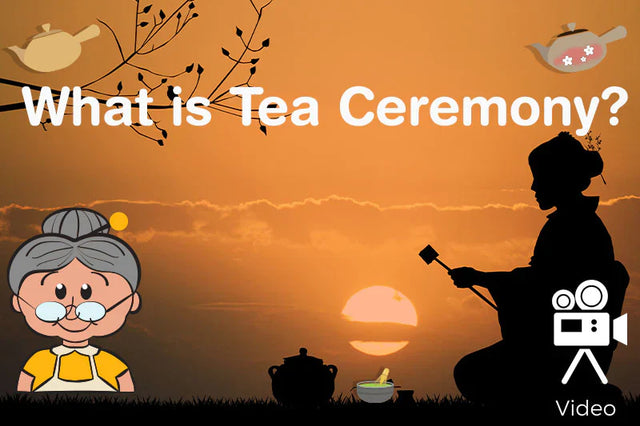
What is Tea Ceremony?
The Japanese tea ceremony is the culmination of generations of tea school teachings and traditions. Its practice is a profound spiritual journey that begins with a simple principle: sharing tea...
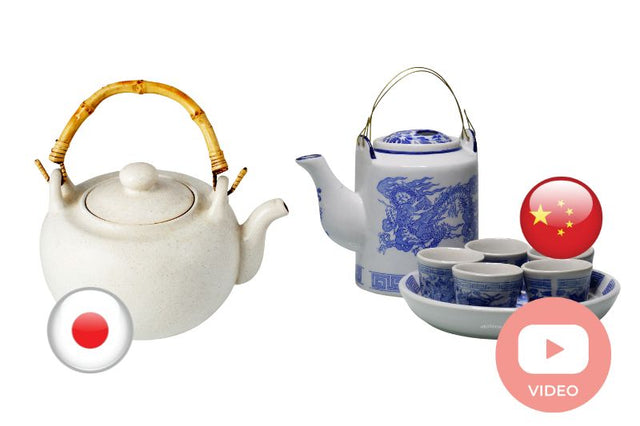
Japanese Green Tea vs Chinese Green Tea - 10 Battles You Don't Want to Miss
Learn the differences between Japanese and Chinese green tea. Explore their flavors, processing methods, and cultural importance. This informative article will help you expand your tea knowledge!
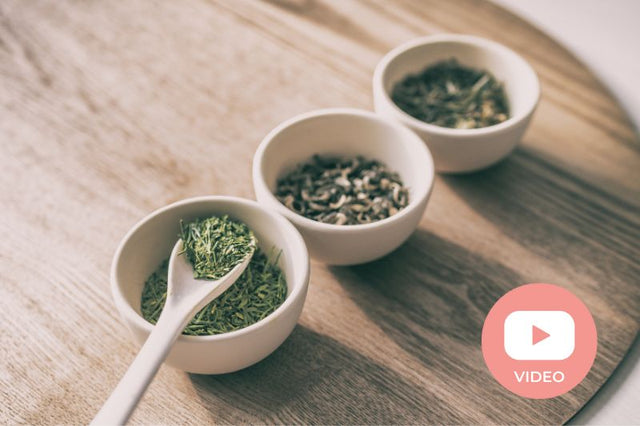
9 Most Popular Japanese Tea Types - Which tea is good for me?
Elevate your tea game with our comprehensive guide to the nine most popular types. From soothing matcha to delicate sencha, explore the flavors and health benefits of these captivating teas.

How to Make Matcha Smoothie - ChaCha's GreenTea Room Video
ChaCha's GreenTea Room can help you find the ideal matcha smoothie recipe! See how to prepare a tasty and refreshing green tea smoothie at home.
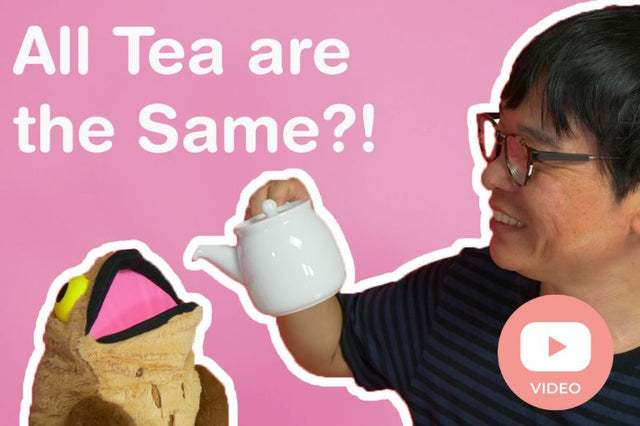
All Tea Are The Same?! - ChaCha's Green Tea Room Video
What makes Japanese Sencha Green Tea different from English Breakfast Tea? There are so many different types of tea out there. What are the differences? Sencha, Matcha, Oolong Cha, Black Tea,...
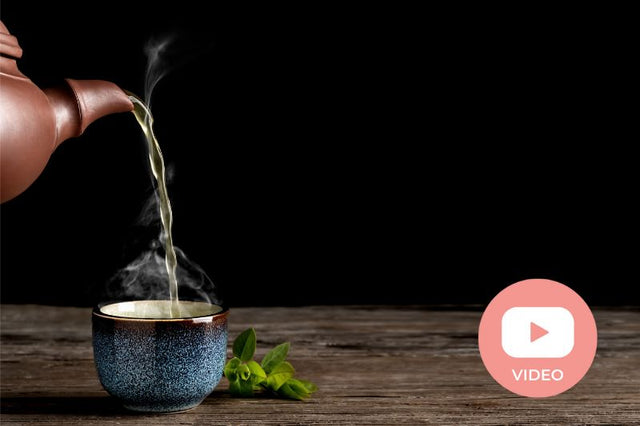
How to Select Japanese Green Tea? - The Expert Advice
Learn the secrets of picking the best Japanese green tea. To improve your tea-drinking experience, experiment with different types, tastes, and grades.

Your cart is currently empty.
Start Shopping














